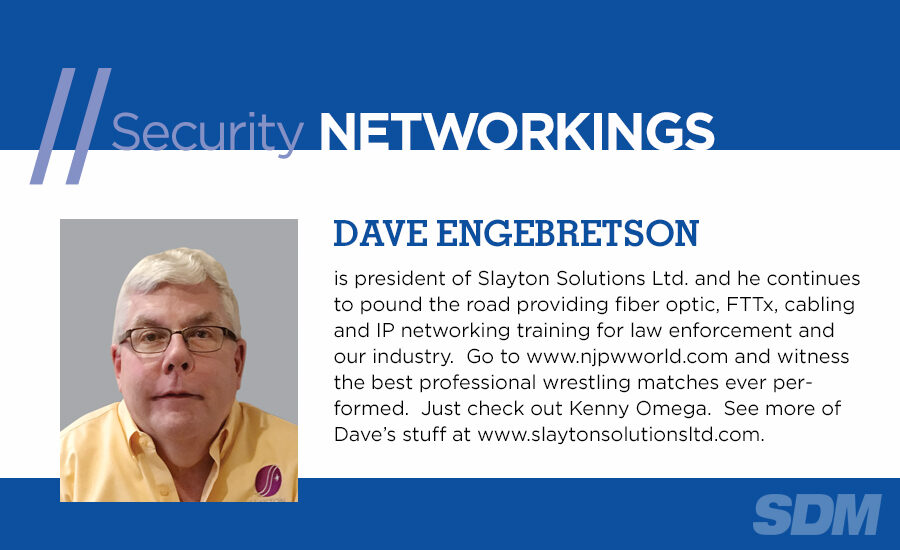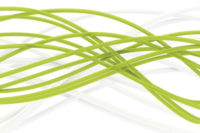I have been training technicians in fiber optics since 2002. Increasingly fiber optics are being used in our industry for camera, voice evacuation systems and data communication connections. From the number of requests I am receiving for fiber training classes, it certainly appears that fiber optics are rapidly becoming the preferred choice for cabled connectivity.
One of the recurring problems when working with fiber optics is very simple; the strands of glass are thinner than a human hair and each end of a fiber “link” must be “cleaved” to a 90-deg. flat angle to achieve a functional connector or fiber splice. Being so small it is impossible to determine whether a fiber end has been properly cleaved until the connector is installed and the fiber link is tested. In too many cases, fiber links will test as “bad” and with one connector on each end, which is the bad one? Or are both defective? With fiber links easily exceeding 2,000 ft., it can take a long time to walk from end to end. This problem causes technician frustration, lost productivity, increased labor time, as well as wasting connectors at $10 each.
The sure way to terminate fibers is to use factory-made jumpers with the correct fiber size and connector body. The typically 2-meter long jumpers are factory made and the connector ends are as close to perfect as they can be. Severing the jumper in the middle yields two “pigtails” that can be connected to a fiber link with a fusion splicer.
Modern fusion splicers provide a video screen where a technician can see the side view of the fiber ends to verify the 90-deg. cleave, and the splicer will measure the cleaves and the fiber end alignments before the fusion splice is performed. After the splice is completed, the fusion splicer will provide an estimate of splice loss and a pull test to verify the strength of the splice. A heat shrink is slipped over the splice and cooked in the built-in oven. Each connection is as close to perfect quality and performance as possible. The fusion splicer does the work for you.
All of the above sounds great, but everybody knows that fusion splicers are costly with prices ranging from $5,000 and above. The SB Scandinavian company (www.easysplicer.com) has broken the fusion splicer cost barrier with their “EasySplicer” available for less than $2,000 USD. I have tested two of their splicers and they work perfectly. They come with all necessary tools including a fiber stripper and a precision cleaver to prepare the fiber ends. Small, lightweight and battery operated, the EasySplicer can be used for any type of typical fiber in any installation environment, indoor or out. As properly installed and tested fiber connectors can be provided to end users at prices around $100 each, it won’t take long for the EasySplicer to pay for itself.
Proper use of the EasySplicer does require training and practice. My company, Slayton Solutions, is now providing complete Fiber Optic Association training with Certified Fiber Optic Technician testing, a 29-piece tool and testing set, and a complete EZ Splicer set. Fiber splicing is an exacting discipline, and students will practice and perform in-line splices for repairing broken fibers as well as performing and testing pigtail connector splicing. Get equipped to be a professional fiber optic termination and testing company. Check my website for dates and prices, and register now as the classes will be limited to six students maximum.







